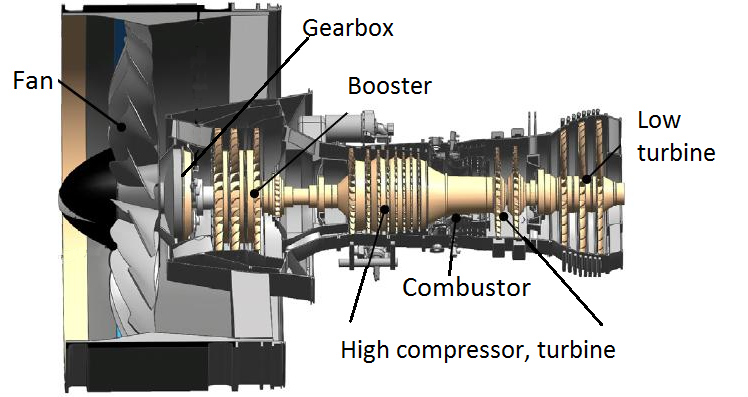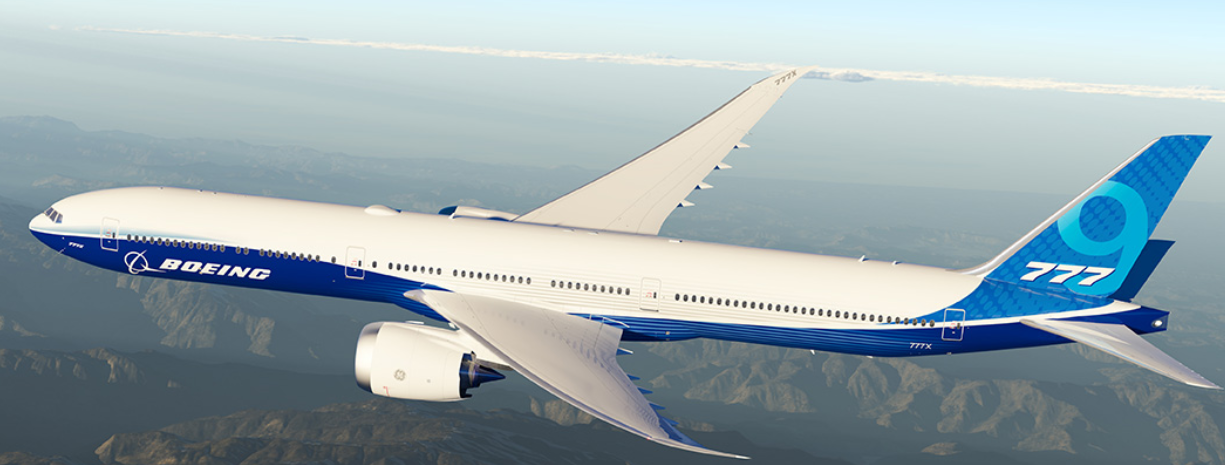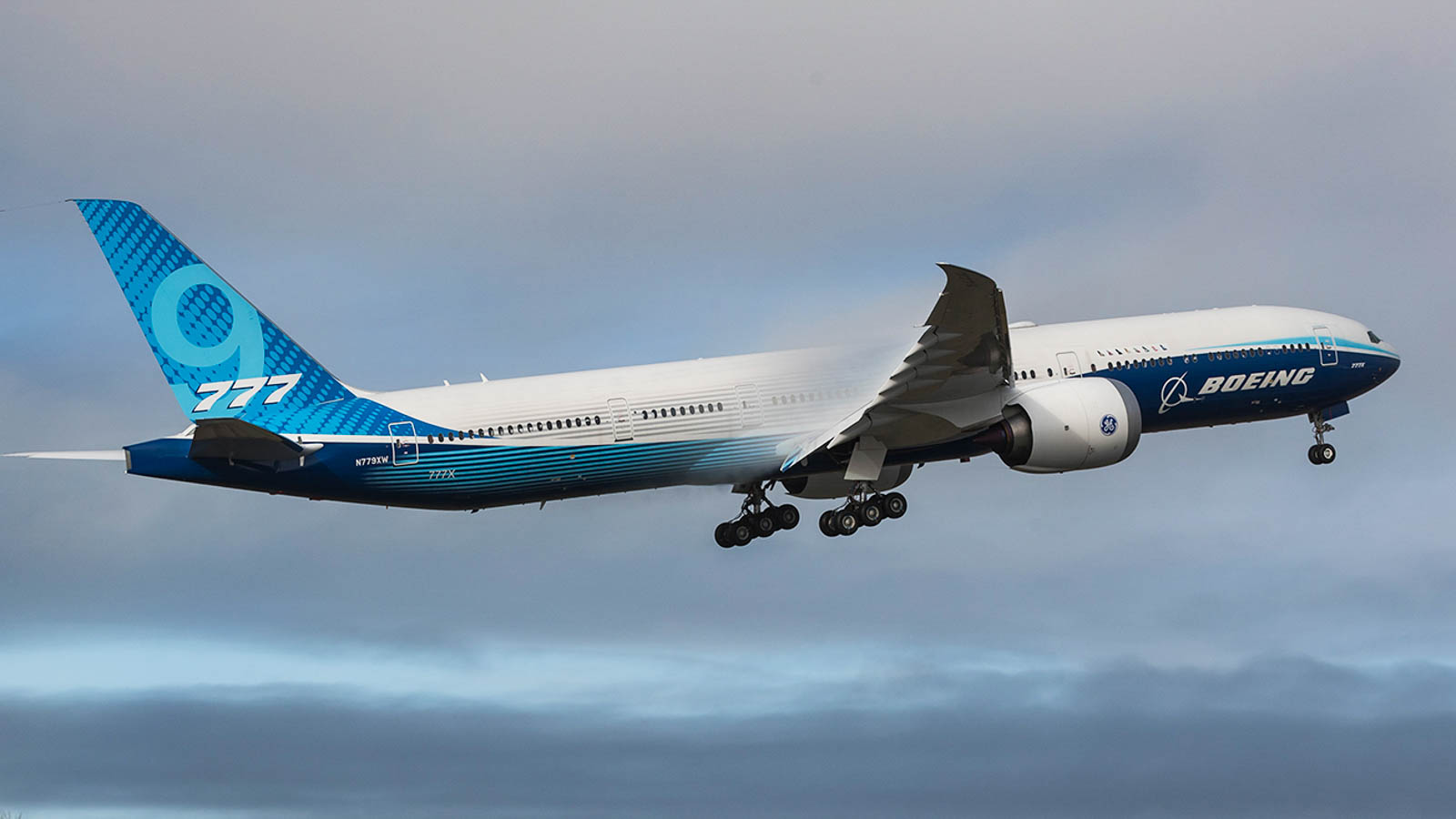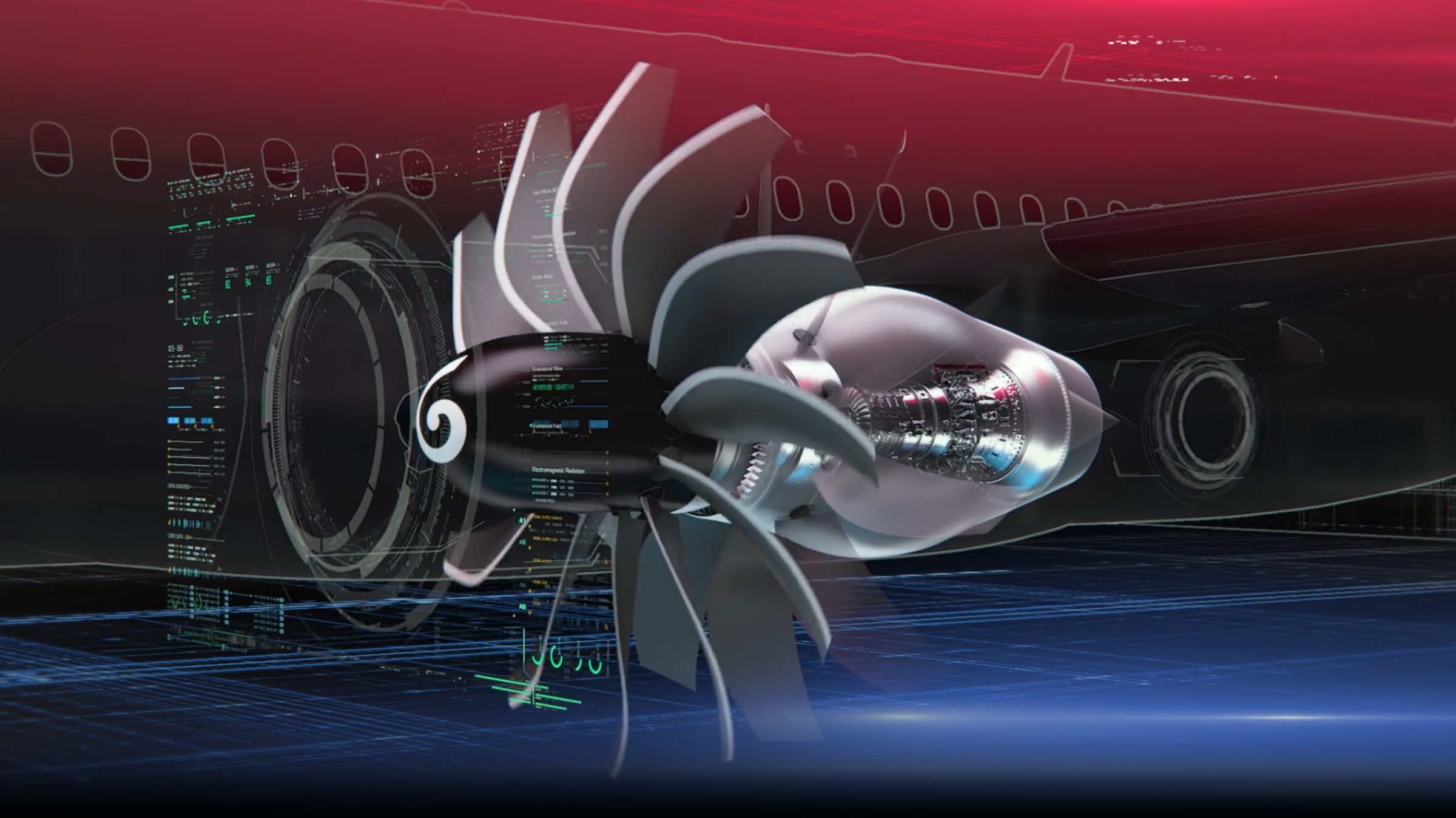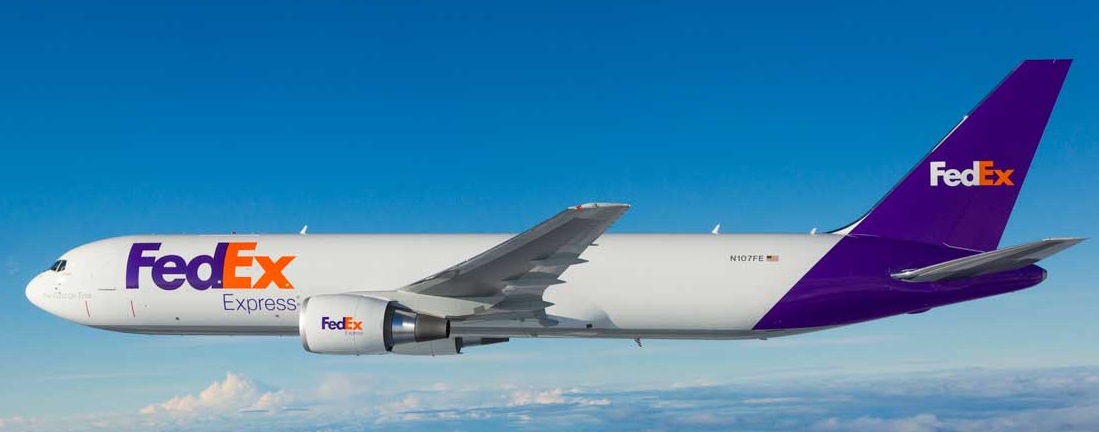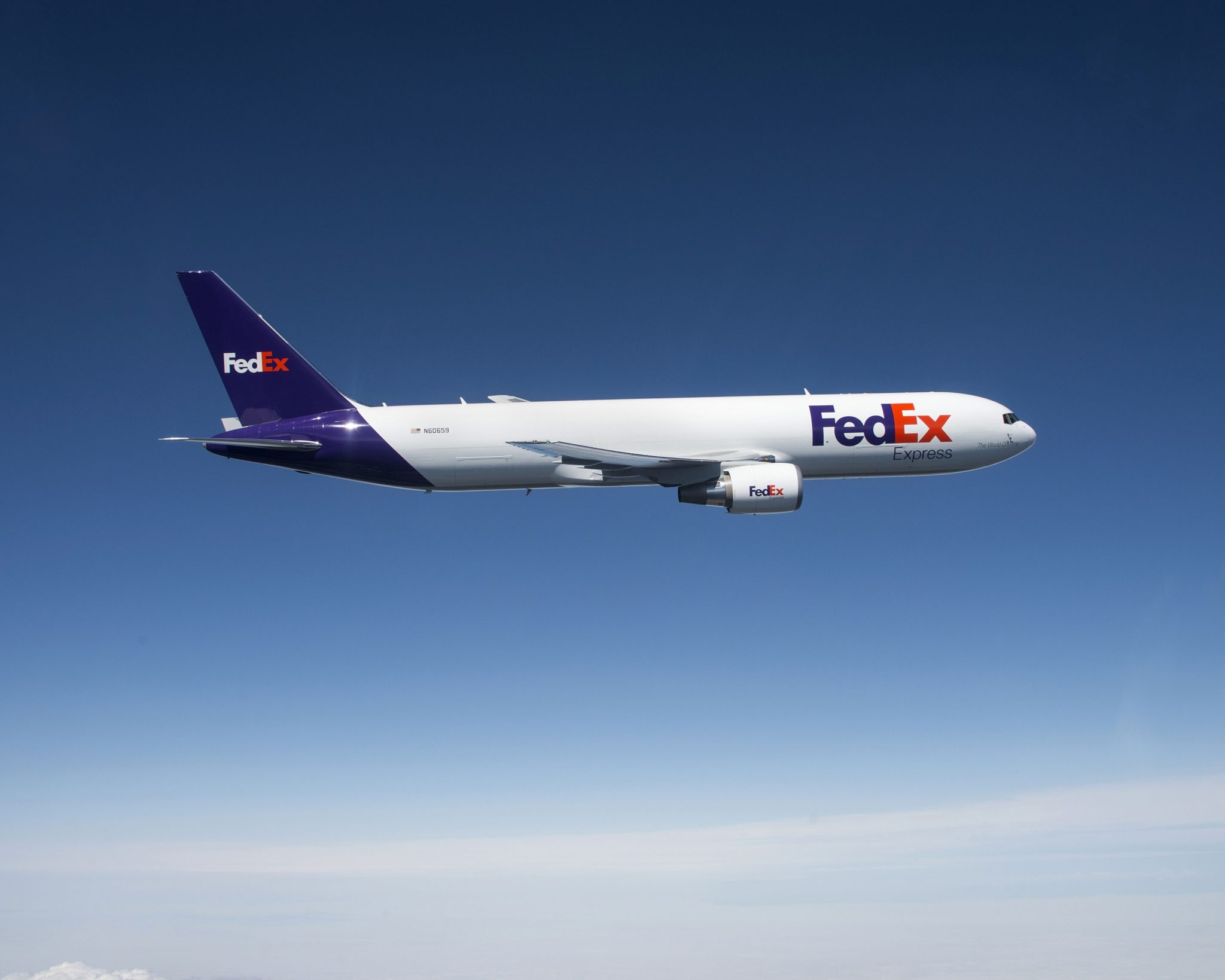Leeham News and Analysis
There's more to real news than a news release.
Bjorn’s Corner: New engine development. Part 5. Turbofan design problems
April 26, 2024, ©. Leeham News: We do an article series about engine development. The aim is to understand why engine development now dominates new airliner development when it comes to the needed calendar time and risks.
To understand why engine development has become a challenging task, we need to understand engine fundamentals and the technologies used for these fundamentals.
We discussed geared versus direct-drive turbofans last week. Now, we’ll examine some design problems for these engines.
A350-1000 or 777-9? Part 2
Subscription required
By Bjorn Fehrm
April 10, 2024, © Leeham News: We are doing an article series comparing the capabilities of the Airbus A350-1000 and the Boeing 777-9. The A350-1000 has not been a hot seller, and a lot of analysts asked why. Is there a capability gap or what is the reason?
At the same time, the reworked Boeing 777X had reassuring initial sales at the November 2013 launch at the Dubai Air Show, where Emirates ordered 150 777-9 out of a total show orderbook of 259 aircraft for Emirates (150), Qatar (50), Lufthansa (34), and Ethiad (20). The orders have since grown to 481 as of late 2023.
The A350-1000 has had a recent resurgence in orders and switches from the A350-900 orders, whereas the 777–9 has seen several delays due to engine and certification problems and is now scheduled for 2025 delivery instead of 2020.
Does the 777-9 or the A350-1000 hold the upper hand in a long-term race between the largest widebodies after the Airbus A380 and Boeing 747-8i stopped deliveries? We use our Aircraft Performance and Cost model to compare the two to understand their present performance and potential for upgrades.
Summary:
- The Boeing 777-9 is a larger and heavier aircraft with a 12% higher passenger capacity.
- Does an advanced wing and later generation engines compensate for an older and heavier fuselage structure?
Airbus’ A350-1000 or Boeing’s 777-9?
Subscription required
By Bjorn Fehrm
April 4, 2024, © Leeham News: Korean Air confirmed an order for 33 Airbus A350 in the week, 27 of which are the larger A350-1000. The order is significant on two accounts:
First, 27 A350-1000 and only 6 A350-900, where analysts have for years asked why the -1000 isn’t selling.
Secondly, for a carrier that has a rather 50-50 fleet of Airbus and Boeing planes, its large widebody was the Boeing 777-300ER, whereof it has 27 out of 37 Boeing 777 in total. Korean Air now chooses the A350-1000 to replace the 777-300ER. Why not the 777-9?
Was this a question of availability (the 777-9 should have been delivered in 2020 but has had several delays; the present plan says 2025), or was there a technical-economic reason for Korean Air’s decision? We examine the characteristics of the two planes to find the answers.
Summary:
- The Boeing 777-300ER was an exceptionally successful stretch of the original 777-200. The 777-9 is the sequel to the 777-300ER.
- The market did not like the original A350-1000. Therefore, the present -1000 is a reconfigured aircraft compared to the original variant.
Bjorn’ s Corner: Engine development. Part 1. Introduction
March 29, 2024, ©. Leeham News: We finished our article series about New Aircraft Technologies last week. It dealt with the different new technologies that a next-generation airliner could use to increase efficiency and by it environmental emissions.
An area that we touched upon but didn’t dig deeper into was engine development. When airframe development historically decided how long a new generation of aircraft took to develop, it gradually changed to engine development being the more calendar-time-consuming and riskier development for the last generations. This article series will discuss why and what can be done about it.
GE Aerospace’s Q4 and FY 2023 Earnings Draw Analyst’s Short-Term Shrugs and Long-Term Cheers
By Chris Sloan
 Jan. 23, 2024, © Leeham News – GE Aerospace’s last earnings season before morphing into a pure play engine maker ended on a disappointing note for some analysts. “Aero results were a bit short of our expectations, said a J.P. Morgan First Take Analyst Report, citing “missed estimates by 2% and 6% respectively for sales and EBIT.”
Jan. 23, 2024, © Leeham News – GE Aerospace’s last earnings season before morphing into a pure play engine maker ended on a disappointing note for some analysts. “Aero results were a bit short of our expectations, said a J.P. Morgan First Take Analyst Report, citing “missed estimates by 2% and 6% respectively for sales and EBIT.”
Despite an ascendant 38% YOY growth, LEAP deliveries bore the brunt of the blame for missing the forecast below management’s previous 40-45% guidance increase: “GE delivered 396 LEAPs in Q4, up only a touch sequentially and still down vs 2Q23. There seems to be some loss of momentum here, potentially due to supply chain challenges,” the report continued.
2024 Outlook: A Mixed Bag for Propulsion OEMs
Subscription Required
By Chris Sloan and Gordon Smith
January 11, 2033, © Leeham News: In 2023, a slew of problems plagued propulsion providers, with Pratt & Whitney’s GTF Engine and supply-chain shortcomings grabbing the bulk of negative headlines and customer complaints. There were bright spots for all the big three with a slew of significant orders, emerging technologies, and critical management shifts.
shortcomings grabbing the bulk of negative headlines and customer complaints. There were bright spots for all the big three with a slew of significant orders, emerging technologies, and critical management shifts.
As the calendar turns to 2024, all eyes will be on a return to fulfilling enormous backlogs, supporting OEM production rate increases, and returning GTF-propelled planes to the skies – while edging towards new technologies, both incremental and revolutionary.
Summary
- Pratt and its operators navigate massive AOGs (aircraft on ground) and unhappy customer claims for its GTF.
- The GTF Advantage closes in on EIS.
- GTF maladies open the door to a possible new platform, the long-mooted Airbus A220-500.
- The X66A Tranonic-Truss-Braced Wing offers promise for both Pratt’s GTF and GE’s future RISE engines.
- GEnx and GE-9X win blockbuster campaigns on the 787 and 777X as the 777X hurtles toward certification.
- CFM’s LEAP goes from strength to strength on the heels of MAX orders and 737-7 and 737-10 certification and entry-into-service.
- Fixing LEAP durability and delivery challenges.
- Rolls-Royce Trent troubles continue to draw the ire of customers.
- UltraFan testing moves forward in Roll’s quest to build a next-generation engine platform for the 2030s. Read more
Re-engining the Boeing 767, Part 3
Subscription required
By Bjorn Fehrm
December 21, 2023, © Leeham News: We are looking at a re-engine of the 767, a move that Boeing is considering to avoid a production stop after 2027. The present 767 engines don’t pass emission regulations introduced by the FAA, EASA, and other regulators for production and delivery beyond 2027.
We looked at what airframe modifications are necessary to house more efficient engines last week; now, we use our Aircraft Performance and Cost model to look at the economics of the original 767 versus a re-engined one.
Summary:
- New, more environmentally friendly engines give the 767 better fuel economics.
- The Cash Operating Costs improvement is affected by higher engine maintenance costs and higher underway and airport fees as a re-engined 767 is a heavier aircraft.
Re-engining the Boeing 767, Part 2
Subscription required
By Bjorn Fehrm
December 14, 2023, © Leeham News: We are looking at a re-engine of the 767, a move that Boeing is considering to avoid a production stop after 2027. The present 767 engines don’t pass emission regulations introduced by FAA, EASA, and other regulators for production and delivery beyond 2027.
We have described the history of the 767 and the key data of the different variants in last week’s article. Now, we look at what airframe modifications are necessary to house more efficient engines and what consequences these bring.
Summary:
- New, more environmentally friendly engines for the 767 mean changes to the landing gear and structures to house larger and heavier engines.
- For the payload capacity to stay the same a deeper grab in the 767-400 toolbox is necessary than just adopting the landing gear.
Re-engining the Boeing 767
Subscription required
By Bjorn Fehrm
December 7, 2023, © Leeham News: We wrote last week that Boeing is considering re-engining the 767 to avoid a production stop after 2027. The 767 is still an interesting aircraft for companies flying cargo and for the US Air Force, which is taking delivery of the tanker version KC-46A for years to come.
The problem is that all the 767 versions are using engines from the 1970s (GE CF6, PW4000, RB211), and as the FAA has accepted the ICAO emission rules from 2017, the production of the 767 with these engines has to stop after 2027. As reported last week, Beoing is looking at re-engining the 767 to avoid a production stop.
We use our Aircraft Performance and Cost Model (APCM) to look at the different possible configurations with new engines and model their performance data and operating economics.
Summary:
- The Boeing 767 needs new engines if it shall be produced after 2027.
- While the engine candidate is clear, the rest of a re-engined 767 can be configured in several ways. We look at what different configurations bring in operational performance.
Pontifications: “We’re sick and tired of new technologies:” Avolon CEO
Editor’s Note: As Airbus and Boeing consider new airplanes, their current generation aircraft are plagued with technical issues. The engines on the A320neo and 737 MAX families continue to have problems years after entry into service. The Boeing 787, which had ground-breaking technology when it was designed, has production issues. Flight testing early on revealed technical problems with the engine on the 777X, prompting the president of Emirates Airline to publicly suggest he won’t accept delivery until the engines are fully “mature.”
Aviation Week’s Check 6 podcast last week examined Boeing’s path toward a new airplane. Boeing CEO David Calhoun insists on waiting for new technology. But “new technology,” while in theory is a great idea, the phrase also scares people. LNA reported on this in March 2020. We’re reposting this article from then.
Related Stories
Now Open to All Readers
Subscription Required
Introduction
By Scott Hamilton
March 16, 2020, © Leeham News: “I can tell you from our perspective, we’re kind of sick and tired of new, new technology. It’s not proven to be the home run.”
This blunt assessment comes from the chief executive officer of the big aircraft lessor, Avolon.
Domhnal Slattery, the CEO, was giving his critique of whether Boeing should launch a new airplane once the 737 MAX crisis is over. (Update: Since this interview, Slattery retired from Avolon.)
Boeing was on a path to decide whether to launch the New Midmarket Airplane when the MAX was grounded one year ago this month.
Airbus was waiting for Boeing to move before deciding how to respond.
Summary
- Airbus and Boeing should “stick to their knitting.”
- Focus on incremental improvements for now.
- 2030s to 2050s will be the next big advance in technologies.



